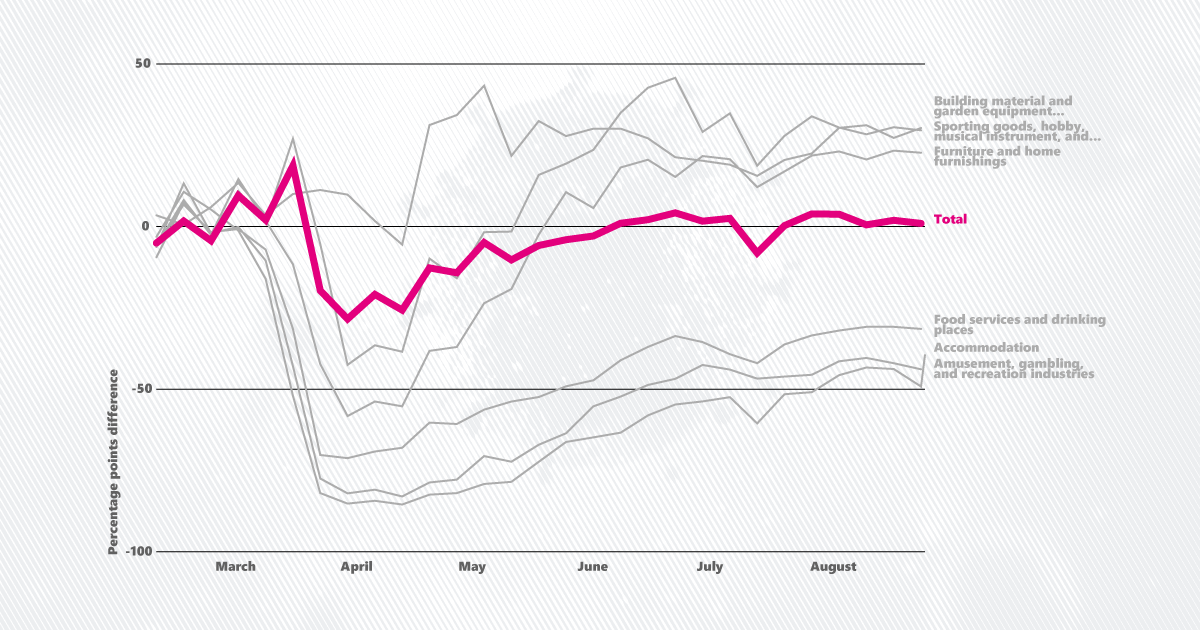Health
5 things August data says about COVID-19 and the economy

The crude death rate measures the number of deaths that occur within a population over a specified period of time — typically one year — per thousand people. This allows researchers to calculate an overview of the mortality of a population.
The crude death rate does not account for the age or the sex of the deceased. This metric is considered “crude” because it only measures the deaths in a specific area and does not account for a population’s demographic differences.
The crude death rate is equal to the number of deaths divided by the total population multiplied by 1,000. It is calculated as follows:
(Total population) / (Number of deaths) x 1,000 = crude death rate
Researchers consider the nation’s crude death rate to be an indicator of overall mortality trends. They use the rate to analyze changes to the population's overall health and medical advancements. The crude death rate can also offer insight into healthcare infrastructure and public health initiatives.
The crude death rate by itself can’t offer a comprehensive or detailed view of the health of the US population. In order to capture the nuances in mortality patterns, age, and cause-specific death rates are needed to understand the health of the country fully.
According to the CDC’s most recent data, the nation’s crude death rate was 964.1 for the first three months of 2023. This number was lower than the crude death rate of 1113.9 in Q1 2022.
Furthermore, the crude death rate for the one-year period ending the first quarter of 2023 was 945.8. This is lower than the crude death rate of 1043.1 in Q1 2022.
Newsletter
Keep up with the latest data and most popular content.